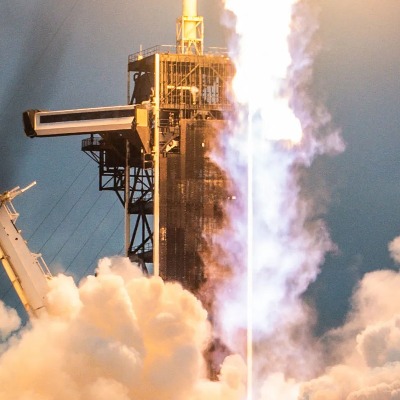NASA Unveils X-59: Supersonic Jet Prototype Poised To Break The Boom Barrier Silently

In a historic unveiling at the Skunk Works facility in Palmdale, California, NASA and Lockheed Martin revealed the X-59 QueSST, a revolutionary experimental aircraft designed to shatter the sonic boom barrier without the thunderous noise that has grounded commercial supersonic flight for decades. This long-awaited prototype marks a crucial step towards bringing whisper-quiet supersonic travel to the future.
The X-59 boasts a sleek, elongated design with distinctive sawtooth edges on its upper surface. These precisely engineered features channel sound waves, reducing the shockwave intensity and creating a "thump" sound similar to a car door closing, instead of the ear-splitting boom associated with traditional supersonic aircraft.
"The X-59 represents a game-changer in aviation," declared Charlie Bolden, former NASA Administrator and keynote speaker at the unveiling. "This aircraft has the potential to revolutionize air travel, slashing travel times across continents and opening up new possibilities for global connectivity."
The X-59’s journey to the runway has been one of meticulous development and rigorous testing. Wind tunnel simulations, computational modeling, and smaller-scale flight tests paved the way for this full-scale prototype. Now, the ultimate test awaits: conducting flight tests across the United States to gather data on the sonic boom characteristics and public perception of the sound generated.
"Our test flights will involve flying over various communities at different altitudes and speeds," explained Brent Coetzee, X-59 program manager at NASA's Langley Research Center. "We want to measure the actual sound signatures and gather feedback from people on the ground to understand the perceived impact of this new technology."
The success of the X-59 program could pave the way for a new era of commercial supersonic travel. Airlines have expressed keen interest in adopting this quieter technology, potentially bringing flights from New York to London down to just three hours. However, regulatory hurdles and environmental concerns remain.
"While the X-59 represents a significant technological breakthrough, it's important to remember that the journey to commercially viable supersonic flight is still ongoing," cautioned John Hansman, professor of Aeronautics and Astronautics at MIT. "Addressing noise concerns, environmental impact, and economic feasibility will be crucial for widespread adoption."
Despite the challenges, the X-59 stands as a beacon of innovation, signaling a future where the skies roar no more. This ambitious project is a testament to human ingenuity and our enduring quest to conquer the boundaries of speed and redefine the experience of air travel.




